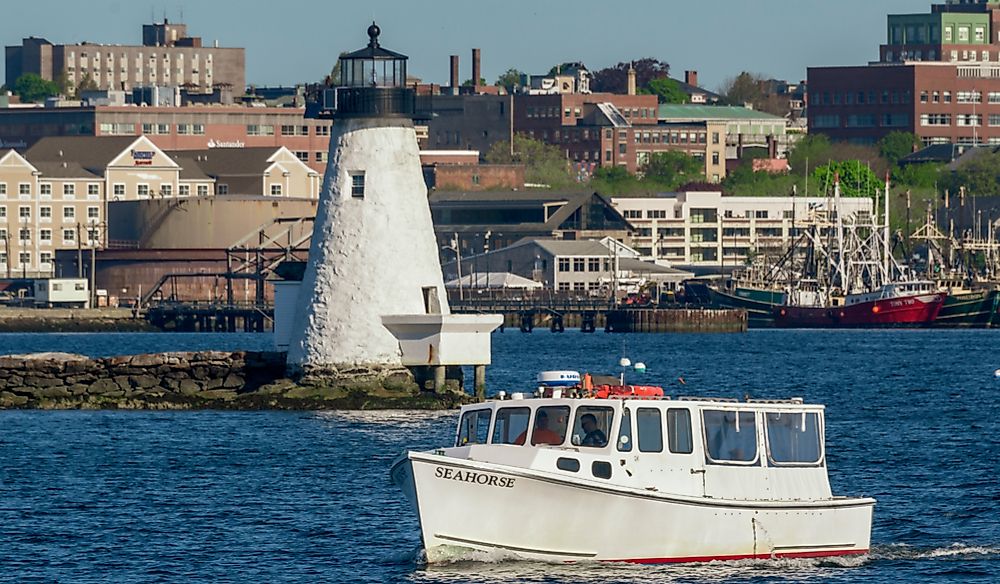What Is a Gateway City?

By definition, a gateway city is a city that serves an economic anchor of its surrounding areas and regions. Throughout history, gateway cities have been crucial to economies since they were considered the place where the famous “American Dream” could be achieved. Some of the gateway cities include Chelsea, Worcester, New Bedford, Fall River, and Brockton.
Gateway Cities
Fall River
Fall River, Massachusetts is a city that is located about 15 miles from Providence, Rhode Island and has an area of about 40.3 square miles. The city has a number of driving industries although the textile industry was arguably the largest sector. In addition, the city has diverse cultures with most of the people (at least 50%) tracing their roots back to Portugal. The rest of the population is a mixture of cultures that give diversity. The city has a population of a little over 90,000 people with most of the people (about 90.5%) being US citizens. As of 2008, more than 60% of the population had a high school education while the unemployment rate was only 9.5%.
New Bedford
Also called “The Whaling City,” New Bedford is a city in Massachusetts’s Bristol County. Historically, back in the 19th century, the city was among the biggest whaling ports in the US. The famous novel known as Moby Dick features this city. Today, this industry is remembered by the New Bedford Whaling National Historic Park although the city is still home to one of the biggest fleets of commercial fishing. The city has a population of a little over 91,000 people with more than 90% of the population being citizens of the US. Together with Taunton and Fall River, the city is among the three largest cities in that region.
Worcester
Also located in Massachusetts, Worcester is situated some 40 miles to the western region of Boston. With an area of about 38.6 square miles, the city is the second largest in New England. Worcester has a number of social amenities such as ten colleges and universities. In addition, the city has some of the most affordable rates when it comes to housing. The location at the center of Massachusetts has earned it the nickname the "Heart of the Commonwealth."
Brockton
At some point in history, this city was the country’s biggest producer of shoes. Situated some 20 miles to the south of Boston, the city is also known as the “City of Champions” due to its production of famous boxers like Marvin Hagler and Rocky Marciano. In addition, the city is well known for its great urban education.
Challenges of Gateway Cities
One thing to note about these cities is that they face similar challenges in social life and economics as other cities. However, these cities also have plenty of assets such as well-developed transportation systems, social amenities (such as hospitals and schools), and historic architecture. In addition, since they also face challenges, these cities have vast unrealized potential in a number of sectors. In order to tap into these unexplored opportunities and potential, these cities must initiate some kind of social and economic change. For example, they can create more walkable neighborhoods as the demand for such neighborhoods rises.











